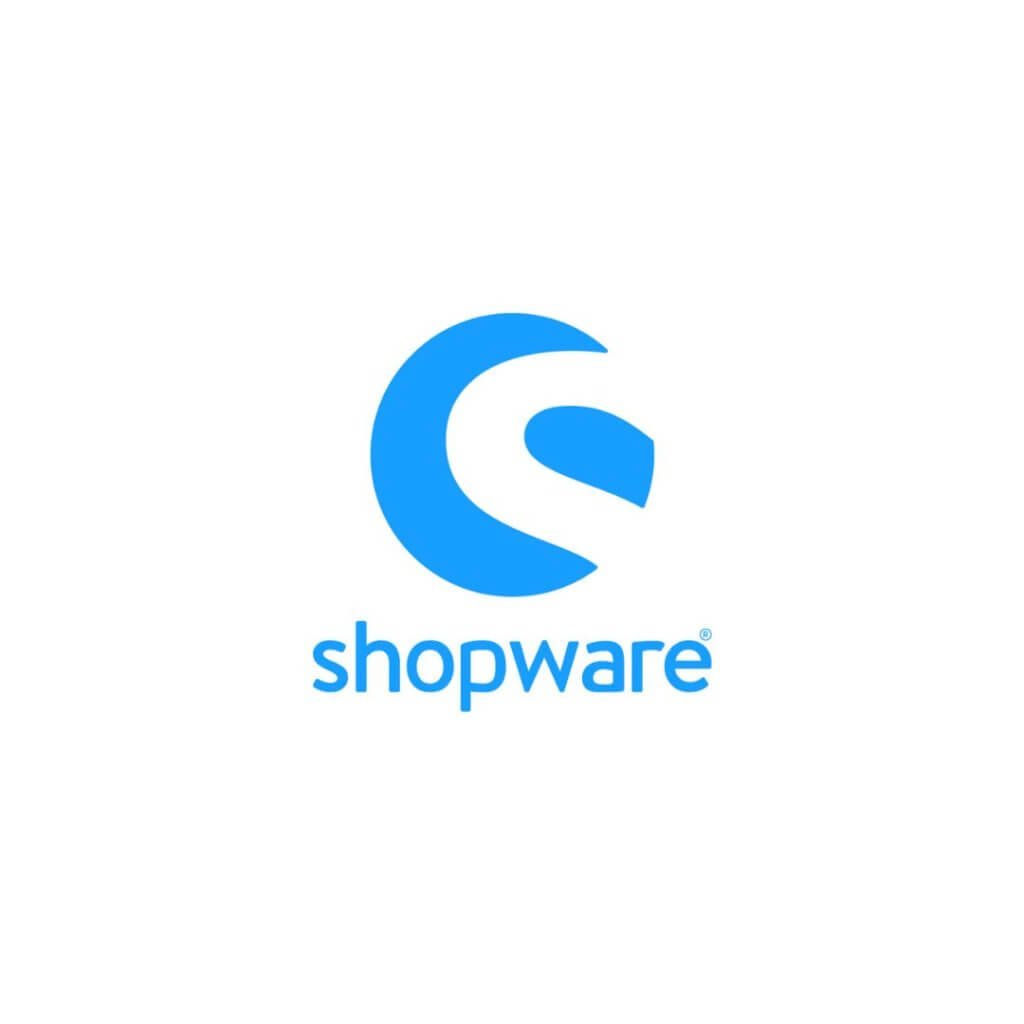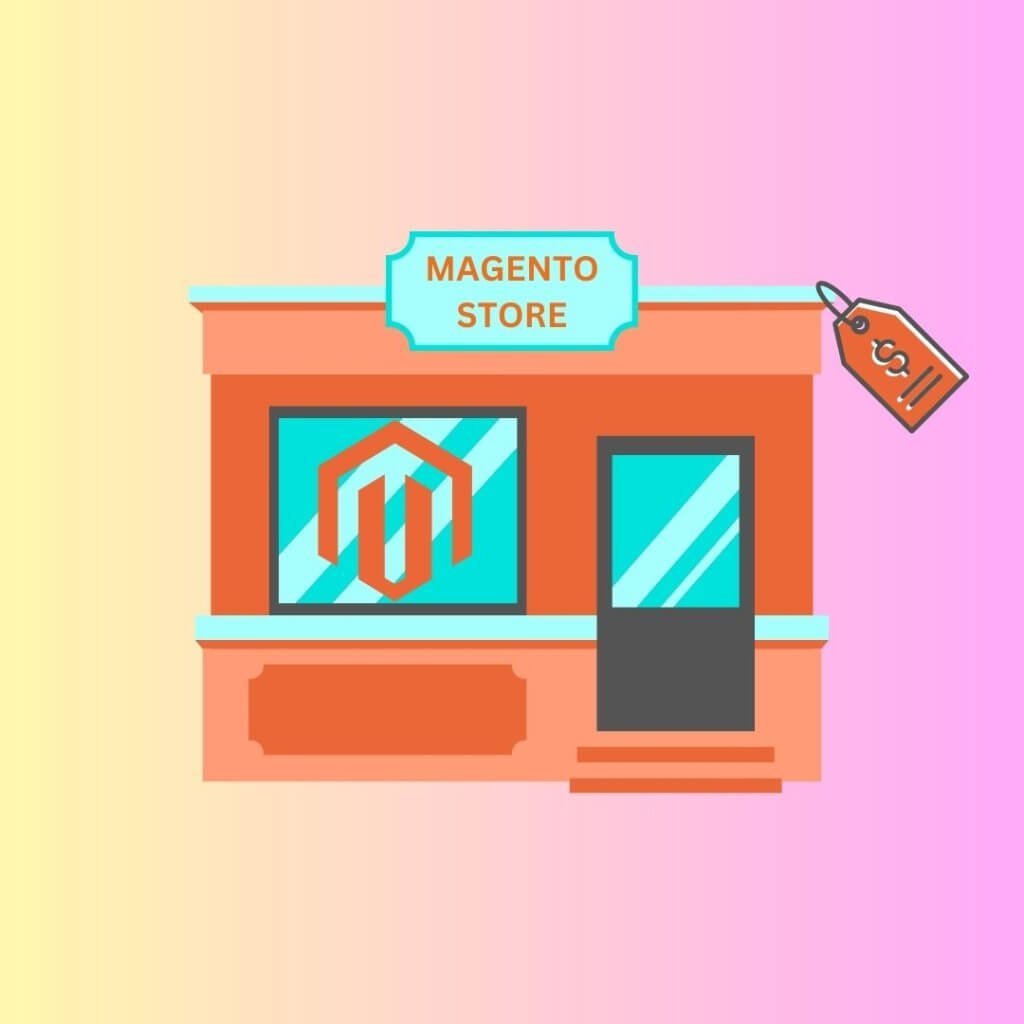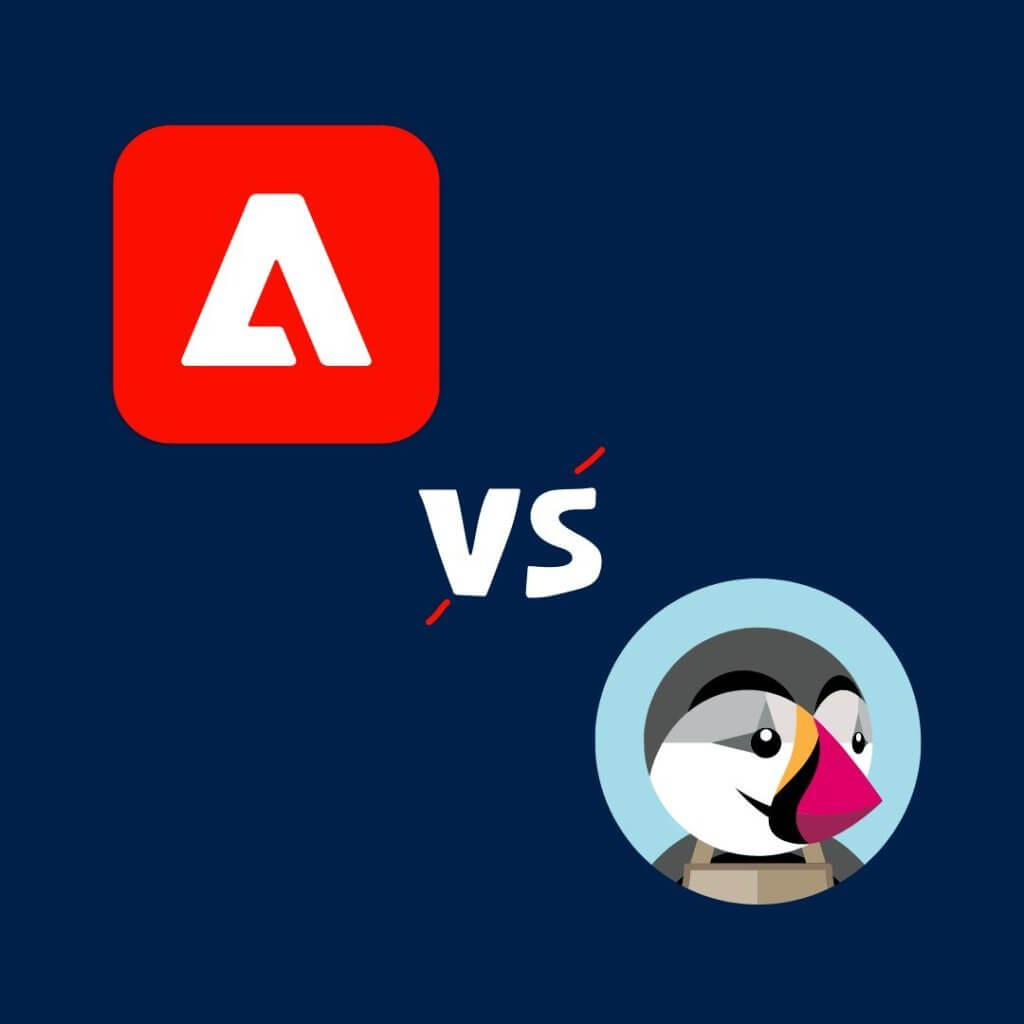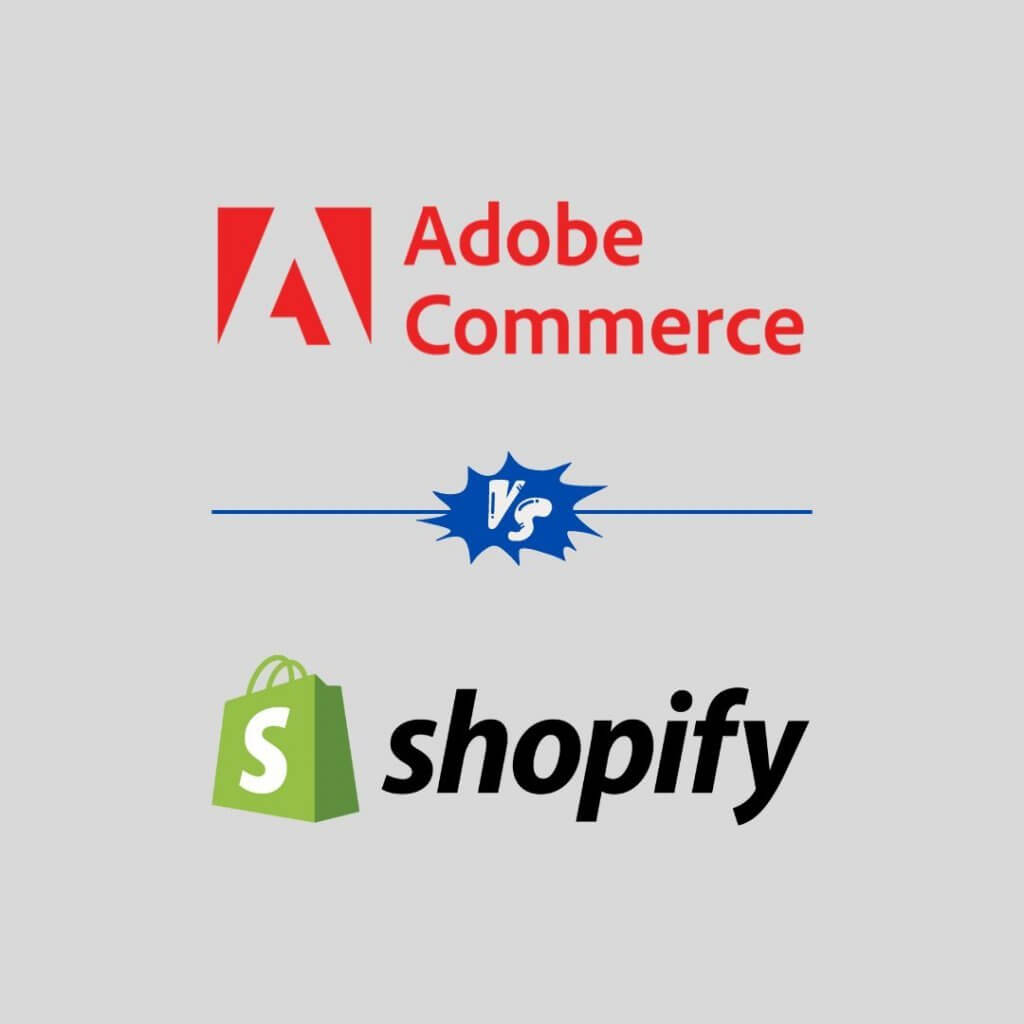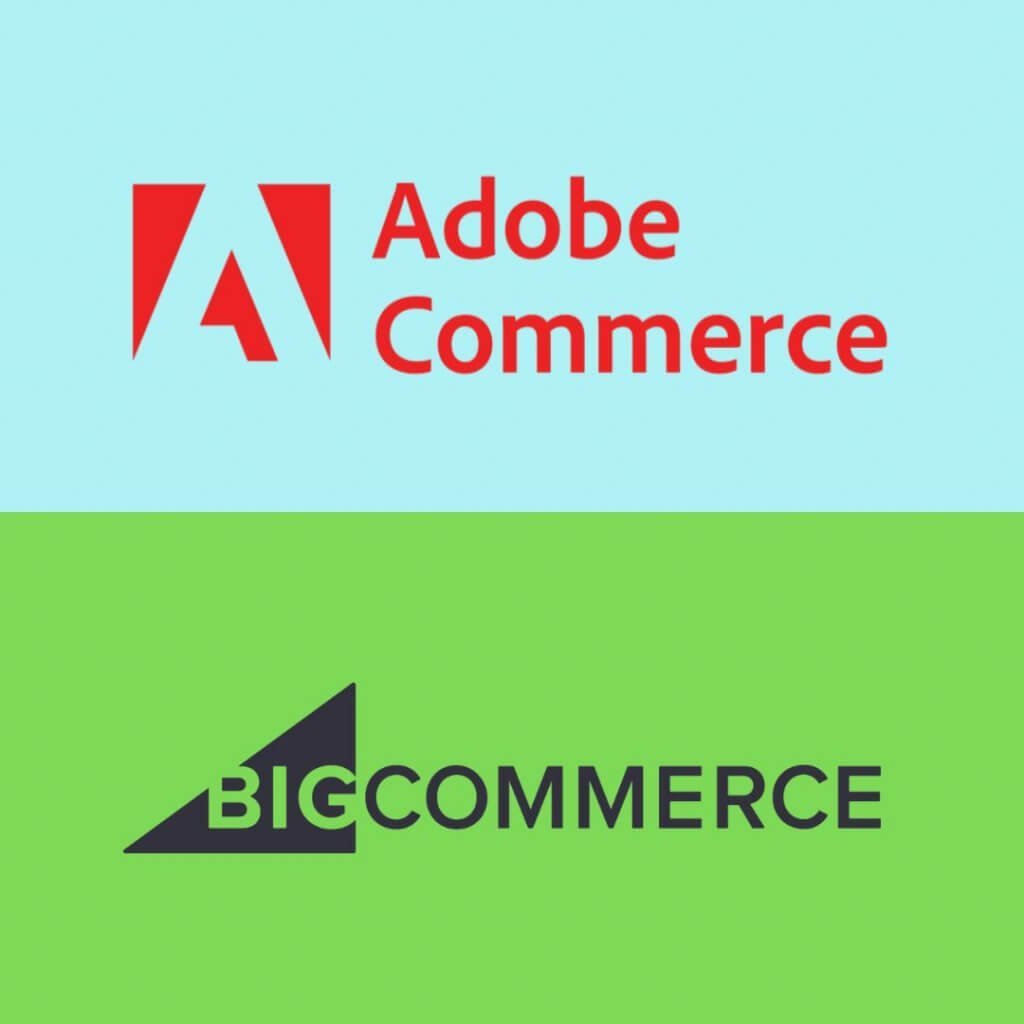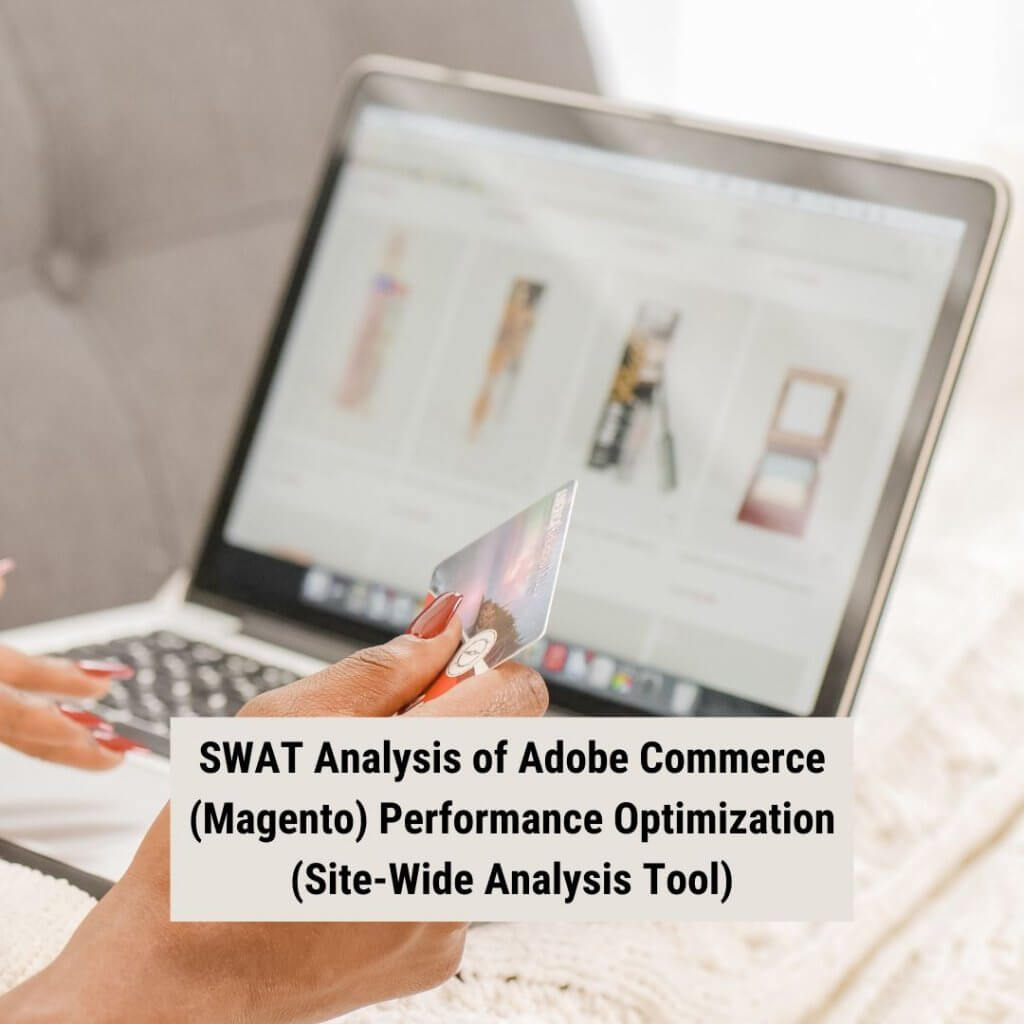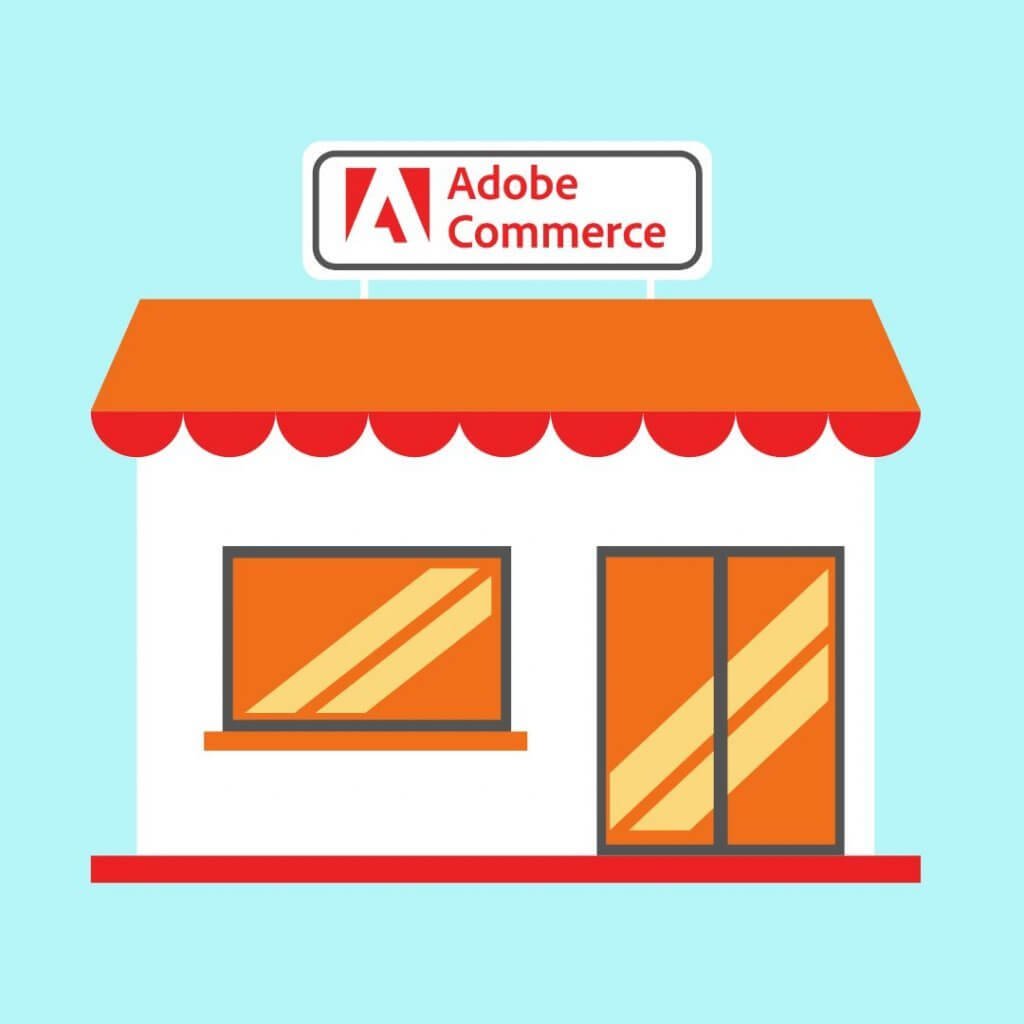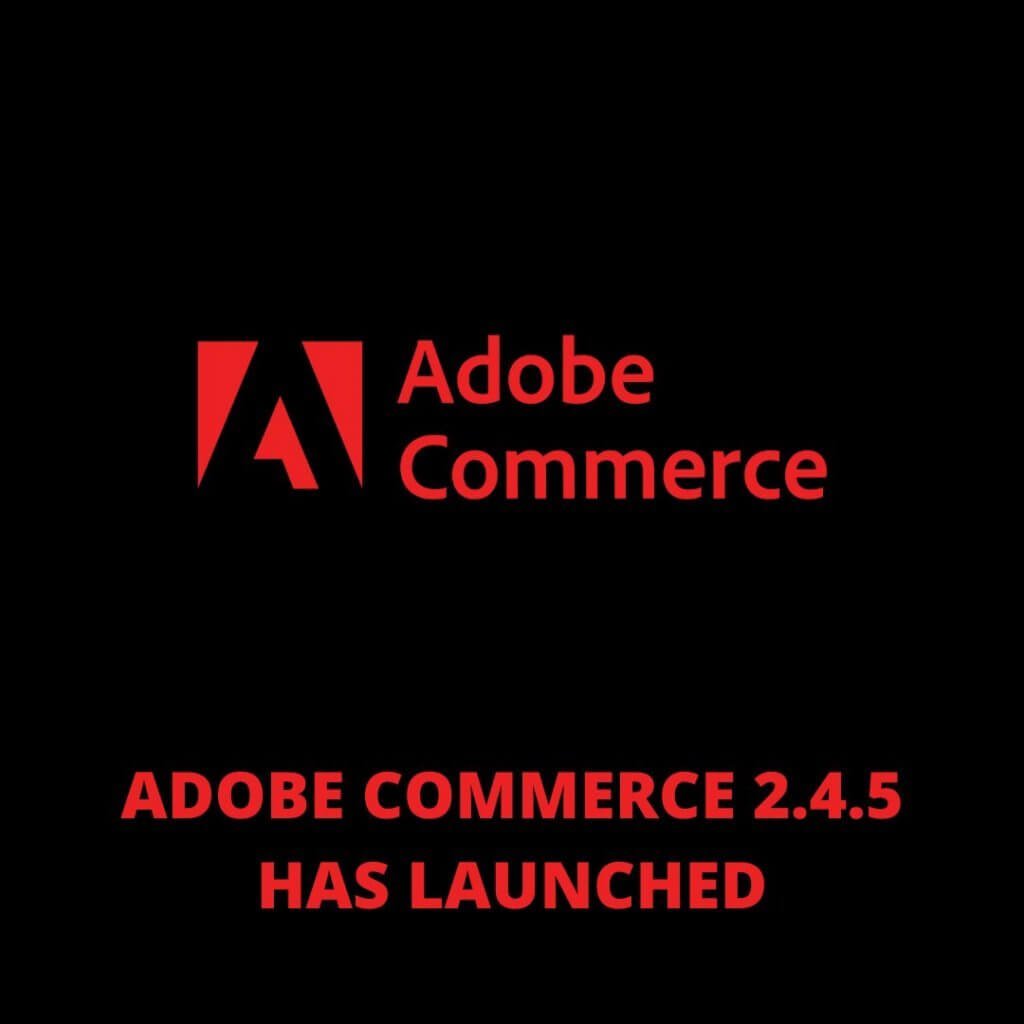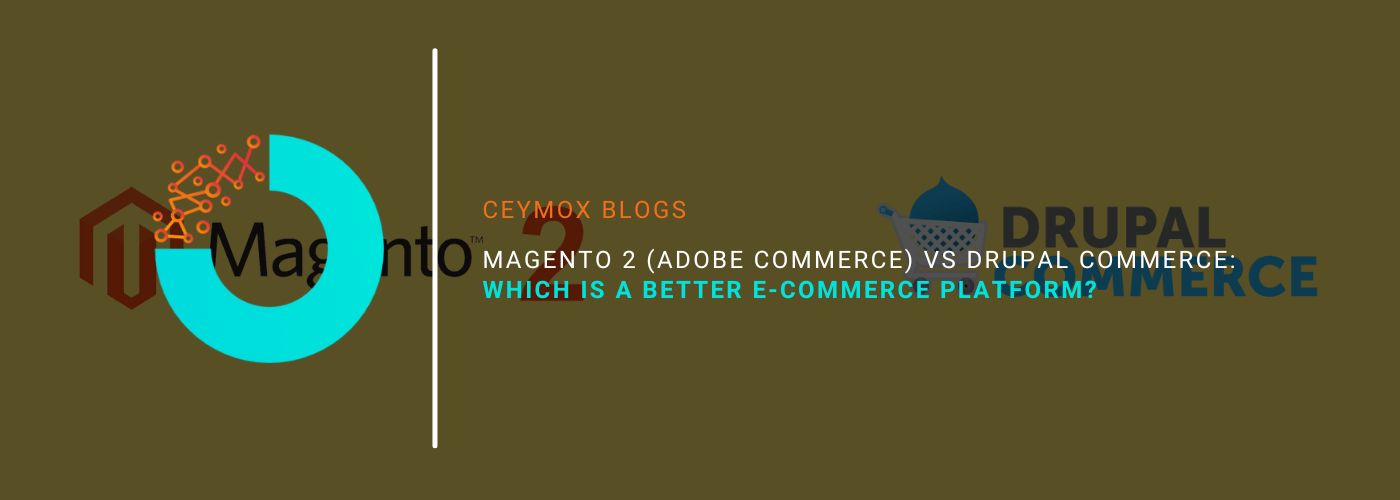
In recent times, the competition between Magento 2 and Drupal Commerce is getting fierce. Drupal Commerce is comparative a new e-commerce development platform which is attracting online businesses with its frequent updates. It has recently announced the release of Drupal 9/Commerce 2.0. Popularly known as Magento 2, Adobe Commerce is not lagging behind and holding the market with strong web security tools and tailored customer experience.
As per the statistics of these platforms, SimilarTech analyzed the market shares of these two platforms. Drupal Commerce is having most of its presence in East Europe while Magento’s clientele is based in the US.
However, how to decide which would be a better e-commerce platform for your business? With more than 10 years of experience in the e-commerce industry, we have helped hundreds of online businesses to take decisions and build e-commerce stores for their online business needs. In this article, we will compare the platforms Drupal and Magento 2 (Adobe Commerce) on several parameters which will help you what could be the best option for you. Let’s begin with a brief introduction to each of these platforms:
Drupal Commerce:
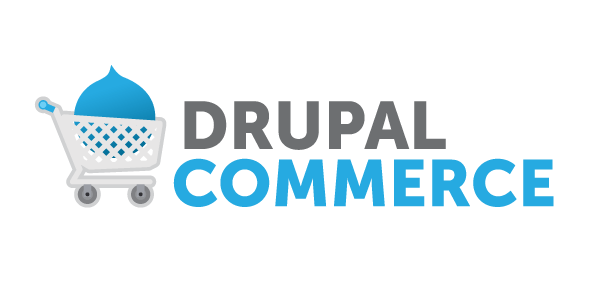
Drupal is an open-source e-commerce platform that augments the Drupal CMS. Initially, Drupal was developed as a CMS but now it has become a highly flexible and easy-to-configure e-commerce platform. It is a suitable platform for any business seeking a streamlined checkout flow and custom attributes. The market share of Drupal is 1.9% as a CMS and 1.2% in the e-commerce industry.
Magento 2 (Adobe Commerce)

Magento 2 – Adobe Commerce is an enterprise-level e-commerce platform that enables businesses to create and manage online stores. It offers a range of features and capabilities to help businesses manage their online sales channels. Adobe Commerce was previously known as Magento Commerce, which was acquired by Adobe in 2018. It is built on open-source technology and offers a range of customization options, including the ability to create unique storefronts and integrate with a wide range of third-party tools and services.
Some of the key features of Adobe Commerce include product management, order management, customer management, marketing and promotion tools, and a flexible checkout process. It is also highly scalable, making it suitable for businesses of all sizes, from small startups to large enterprises.
According to BuiltWith, as of February 2023, Magento holds a 7.6% market share of the top 1 million websites using e-commerce technologies worldwide. This includes both Magento Open Source and Magento Commerce.
Comprehensive Comparison of Magento 2 and Drupal:
If you want to choose between Magento 2 and Drupal as your e-commerce platform, you should compare in every possible aspect. There are certain similarities and differences which are far more important than pricing or ease of use. Let’s understand these aspects:
Pricing:
The pricing is not just limited to the e-commerce platform pricing, but the development costs also matter. The hourly rate of developers depends both on their experience and location. The freelancing development rates of Drupal lie somewhere around $60-80 per hour. On the other side, the Magento developers charge nearly $50-$250 per hour.
Drupal is a free and open-source content management system (CMS), so you can download and use it for free. However, the cost of building a Drupal site can vary depending on several factors, including the complexity of the site, the level of customization required, and whether you choose to hire a developer or use a pre-made theme.
Adobe Commerce offers 3 plans with varied pricing:
- Magento Open Source edition which is free of cost to download. However, the online retailer has to pay for hosting, security, development, and maintenance.
- Formerly known as Magento Enterprise Edition or Magento Commerce, Adobe Commerce’s yearly cost is $22000. Although the costs seem to be high, with this edition, there is no need of buying any 3rd party extensions.
- The cloud edition i.e. Adobe Commerce Cloud costs for whopping $40,000 per year, but it includes all the features of Adobe Commerce along with hosted cloud, DDoS protection, and whatever you may think is the requirement of your e-commerce site.
Ostensibly it may seem that Drupal commerce costs less but eventually during the development, a merchant may need to spend even more for the add-ons. The Magento is equivocally expensive on the other side. Thus, pricing doesn’t seem a differentiating factor when comparing these platforms.
Features:
Generally, online vendors prefer to adopt an e-commerce platform which has a maximum set of features that can satisfy online business needs. Let’s compare the features of these platforms and see who wins in the features list. Drupal has a plethora of features from simple to complex as per the functionality required. Some of the core features of Drupal include:
- Content Management: There is a powerful content management system that allows users to create and manage a variety of content types, including pages, blog posts, articles, and custom content types.
- Customizable: Drupal is highly customizable, with a large community of developers creating and sharing thousands of plugins, themes, and modules that can be used to enhance the functionality and appearance of a Drupal website.
- Flexibility: Drupal is known for its flexibility and scalability, making it a popular choice for building complex and dynamic websites, including e-commerce sites, social networking sites, and online communities.
- Multilingual support: There is multilingual support, allowing users to create websites in multiple languages and support content translation.
- User management: It offers robust user management features, including role-based access control, user permissions, and user profiles.
- Search engine optimization (SEO): You will get built-in SEO features, including clean URLs, metadata management, and integration with popular SEO modules.
- Security: Drupal is known for its strong security features, with regular security updates and a large community of developers working to identify and address security vulnerabilities.
- API Support: You will get extensive API support, making it easy to integrate with third-party applications and services.
- Performance: Drupal is optimized for performance, with caching and other performance-enhancing features built-in to help ensure fast page load times and smooth user experience.
- Mobile Responsiveness: It is mobile-responsive, providing a seamless user experience across different devices, including desktops, laptops, tablets, and smartphones.
The features offered by Adobe Commerce are more advanced and versatile. There is a plethora of out-of-the-box features in both free and paid editions of Adobe Commerce. Some of the core features of Adobe Commerce include:
- Multi-Store Functionality: In Adobe Commerce, you can create and manage multiple online stores from a single installation, making it easy to expand your business to new markets or product lines.
- Customizable Design: Adobe Commerce offers a wide range of design options and templates, allowing businesses to create a unique and personalized storefront that matches their brand identity.
- Product Catalog Management: Online businesses can manage their product catalogues with ease, including adding new products, creating categories, and setting pricing and inventory levels.
- Checkout and Payment: Adobe Commerce supports a variety of payment methods, including credit cards, PayPal, and more. It also offers a customizable checkout process to help businesses reduce cart abandonment and increase conversion rates.
- Search Engine Optimization: There are features that help businesses optimize their store for search engines, including meta tags, URL structure, and SEO-friendly URLs.
- Marketing and Promotions: Adobe Commerce has its USP of a range of marketing and promotion tools, including email campaigns, coupon codes, and targeted promotions, to help businesses attract and retain customers.
- Analytics and Reporting: You will get comprehensive analytics and reporting tools that provide businesses with insights into their store’s performance, including sales data, traffic sources, and customer behaviour.
- Mobile Optimization: Adobe Commerce is designed to be mobile-friendly, allowing businesses to provide a seamless shopping experience for customers on smartphones and tablets.
Overall, Adobe Commerce is a powerful eCommerce platform that offers a wide range of features and capabilities to help businesses create and manage successful online stores.
Hosting:
Both platforms have strict requirements for hosting. Specifically, you need productive servers that will sustain content-heavy, high-traffic websites.
To run and install Drupal e-commerce hosting, you should use a host with an increased PHP memory limit since such websites usually require more horsepower than average. Drupal Marketplace recommends a number of trusted server providers at a price range from $2.95/month at Bluehost to $114/month at Pantheon.
Adobe Commerce can be hosted on-site, in the cloud, or through a third party. A merchant may choose Magento Commerce Cloud to fully host and run a website by Magento or host the e-store with a different provider. Magento e-commerce hosting cost varies from $2.75 at HostGator to $19.95 at Nexcess.
Theme Selection:
There are more than 3,000 themes available on Drupal Commerce, many of which are contributed by Drupal Community users. You can also create your own theme and share it within the Drupal Community.
After rebranding to Adobe Commerce, Magento began to focus more on custom themes rather than pre-built ones. The vendor now places greater emphasis on creating custom solutions, but there are still many pre-built themes available. Official marketplace offers several templates which can be used as a starting point for developing your own theme. Additionally, you can browse community-created themes on websites such as TemplateMonster or ThemeForest, or use e-commerce web design services to create your own custom solution.
SEO:
In Drupal, SEO modules perform the SEO. You can find these modules on the official site and install them. You will get the tools like Google Analytics, meta-tag systems, robots.txt generators, and so on.
In Adobe Commerce, the SEO tools are highly flexible and you can customize them as per your requirements. There are options for no-follow links, edit permalinks, meta tags, change URLs, and much more.
Extensions and Apps:
Drupal Commerce offers a directory on its website where users can download more than 46,000 extensions and modules. On the other hand, Magento has over 3,500 extensions available on Marketplace that can be easily integrated into the back-end of the platform. Both platforms are compatible with major social networks, as well as various operating systems such as Windows, Android, Mac, and web-based devices.
However, one of the main advantages of Magento is its seamless integration with other major Adobe solutions. This includes Adobe Sensei for AI-powered personalization and search, Adobe Analytics for advanced business intelligence and reporting, and Customer Experience Management (CXM), which is ideal for Magento omnichannel commerce. Thus, if your goal is to provide an exceptional customer experience for your large brand, Magento may be a more suitable solution than Drupal Commerce.
Payment Options:
Having trustworthy payment gateways is an effective way to establish credibility with your customers and guarantee that payments for your products end up in your possession. Thus, it’s important for an e-commerce platform to offer a variety of secure payment options that are widely available and adopted worldwide.
With Drupal, you have access to 114 different payment providers for managing payments and orders, including notable options such as Amazon Pay, PayPal, Stripe, Vantiv, and Banca Intesa. These payment methods can be on-site or off-site and require the corresponding Drupal module to be installed.
Adobe Commerce directly supports 12 multicurrency payment gateways that are secure and active around the globe. In addition to popular options like PayPal, Braintree, Klarna, and Stripe, Magento 2 enables offline payments like Cash On Delivery, Payment on Account, or Bank Transfer. Magento Payments is also in place to prevent online payment fraud, facilitate onboarding, and manage cash flow efficiently.
Security:
Ensuring security is crucial for any e-commerce enterprise, particularly as cyber frauds and DDOS attacks become more sophisticated. Fortunately, for Drupal Commerce merchants, the platform is considered one of the safest and most secure for e-commerce. Each version of Drupal is equipped with security updates that address security issues such as cross-site scripting (XSS), injection, and cross-site request forgeries. Developers have an advantage with open-source software since they can install any security module and modify the code, although they should be cautious as about 42% of Drupal security vulnerabilities relate to XSS problems and 14% concern code execution.
Adobe Commerce has made significant improvements to its security patches in recent years. While Magento 1 was susceptible to DDoS attacks and struggled to protect customers’ data, Magento 2 has implemented numerous security measures, including stronger hashing algorithms in password management and improved prevention of XSS attacks. Additionally, Magento releases regular security patches to address any vulnerabilities that arise on Magento websites.
Scalability:
Every business dreamt of high growth with time and both Drupal and Magento are able to accommodate this aspiration. Drupal has a straightforward process for adding new features or resources to your website by integrating a module and a Drupal Plugin API, with a module available for almost every need. To scale well for millions of users, Drupal 8 and newer versions require optimization and may also require server scaling. Drupal is also equipped with excellent multilingual capabilities, providing the ability to translate your website and expand your business internationally.
Similarly, Adobe Commerce (Magento) provides a secure and scalable infrastructure, allowing up to 250,000 products to be added to a catalogue and utilizing multiple statistical and reporting tools simultaneously. Magento 2 avoids the need for dealing with ever-growing tables and databases as your online store expands, enabling you to dream big without worrying about scalability. Caching full pages on the website also ensures that there are no hiccups in performance.
Ease of Use:
It is quite disheartening to know that neither Drupal nor Magento lets you launch your e-commerce store right away. Unless you are having expertise in technical programming, you wouldn’t be able to set up and configure your store. Coding is an extensive part of the development process on either of these platforms. Thus, you will require an experienced and reliable e-commerce development company like ours.
To configure the Drupal Commerce store, you basically need to download the latest version of Drupal CMS and follow the steps outlined in Drupal User Guide. After the installation and configuration, all store activities and administrative tasks are displayed in a simple dashboard.
For Adobe Commerce installation, you’ll need to download Magento files via Composer or via the Web Setup Wizard and follow the Adobe Commerce 2.4 User Guide for more details. Soon after the configuration, you will get an intuitive dashboard with all the administrative tasks and store activities on the tips.
Because Drupal Commerce and Magento are both open source, any developer has access to the original PHP code and can change it based on the merchant’s needs and requirements. The difficulty of use is thus compensated by the ease of customization and full control over your online store.
So which platform you should choose?
We wouldn’t disappoint you in giving the proper suggestion for choosing platforms. In all these factors, Drupal is either at the same level as Magento or Magento is leading in security, features, and Marketing, Magento is quite better. In the holistic view, Magento is a leading platform on which most of the new e-commerce sites are getting built. After the acquisition by Adobe, the platform is continuously evolving while serving e-commerce needs. Thus, launching an e-commerce store on Magento should be preferential.
Wrapping Up:
At Ceymox Technologies, the best e-commerce development company in India, we are having expertise in developing e-commerce stores from scratch. We can develop highly functional stores with advanced features & functionalities. Let us know your requirements.
 Hubspot SEO Certified |  Hubspot SEO II Certified |  Google Ads Search Certified |  Google Analytics Certified |
Sreehari N Kartha is a skilled Digital Marketing Analyst at Ceymox, certified in SEO. His expertise encompasses a wide range of digital marketing strategies, including managing advertising campaigns on platforms like Google Ads, Facebook Ads, Instagram Ads, WhatsApp Ads, and LinkedIn Ads. With a strong foundation in SEO and SMM, Sreehari is adept at optimizing online visibility, driving engagement, and generating qualified leads and conversions. His passion for emerging technologies, such as Crypto, NFTs, and Web3, further complements his skillset, enabling him to navigate the dynamic digital landscape.
View All Articles

